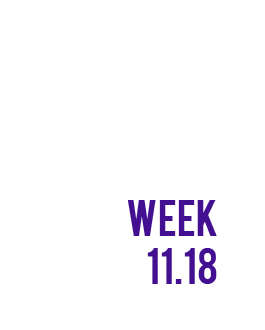
Here’s what the sports science team at IMeasureU is reading this week:
This first study of this weeks articles of the week comes from Fei Li and colleagues in the Journal of Strength & Conditioning Research. The purpose of the study was to evaluate the correlations between 1 repetition maximum (1RM) strength, eccentric strength, reactive strength, leg stiffness, and running economy at 12-16 km·h in well-trained male runners. They concluded that superior running economy among distance runners may be related to greater eccentric strength, elastic energy utilization, and stiffer lower limbs during running but not to maximal muscle strength. This came with a recommendation that coaches should focus on these neuromuscular characteristics to improve running performance.
- Is Performing Repetitions to Failure Less Important Than Volume for Muscle Hypertrophy and Strength?
The second article in this weeks list comes from Lucas Lacerda and colleagues in the Journal of Strength & Conditioning Research. This aim of this article was to investigate the effects of muscle failure or not to muscular failure training on strength and muscle hypertrophy relative gains. This is often a topic of discussion in the world of strength and conditioning and this article concludes that muscular failure and not to muscular failure protocols conducted with the same total repetition numbers produced
similar maximal muscle strength performance and neuromuscular activation. However, they recommended that not to muscular failure training could be a more appropriate strategy to increase muscle hypertrophy (vastus lateralis) and muscular endurance performance in untrained individuals
when compared with muscular failure training.
The final article comes from Laura Judson and colleagues at Sheffield Hallam University in the Journal of Sports Sciences. Bend running and none straight line running is an area that is getting more and more attention from a track and field viewpoint but also a team sport viewpoint. This study investigated the kinematic and spatiotemporal variables of the lower limb during sprinting on the bend vs the straight. The authors give some interesting recommendations based off their conclusions, starting with that strength and conditioning programmes should target the hip, ankle and foot in the non-sagittal planes. In addition, sprint training should prioritise specificity by occurring on the bend.
For more sports science check out our blog for in-depth case studies and industry updates. Also, be sure to sign up for our newsletter below so you are always up to date with the latest research.




